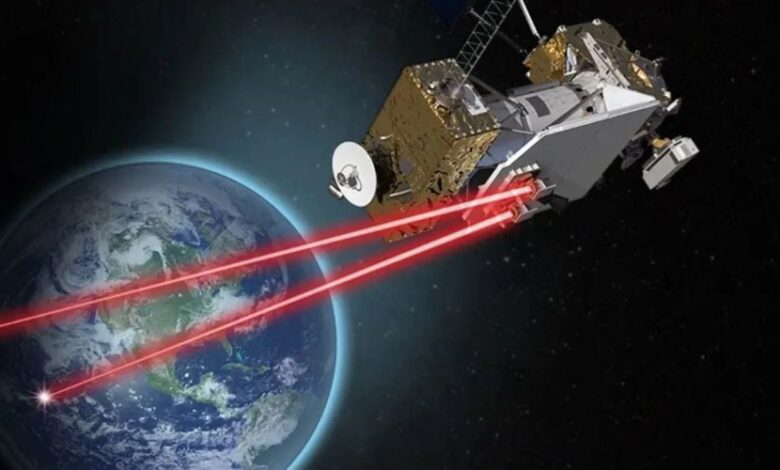Five times quicker than Starlink, China’s latest laser satellite

Chinese researchers have used a low-powered 2-watt laser from a spacecraft in geostationary orbit 36,000 kilometers above the Earth to successfully send data from space to Earth at an astounding 1Gbps speed, five times faster than Starlink.
The experiment, led by Professor Wu Jian of the Peking University of Posts and Telecommunications and Liu Chao of the Chinese Academy of Sciences, deployed a novel technique combining Adaptive Optics (AO) and Mode Diversity Reception (MDR). Because of their cooperation, the team was able to solve the long-standing problem of atmospheric turbulence, which usually causes laser signals to be scattered into weak, distorted patches when they reach Earth.
The scientists successfully received and decoded the laser data stream from a classified satellite 36,705 kilometers away using a 1.8-meter telescope at Lijiang Observatory in southwest China. The system’s advanced hardware included 357 micro-mirrors that reshaped the incoming light and a multi-plane converter that routed the most stable signal paths in real-time using a custom chip-based algorithm.
The strategy greatly increased data reliability, increasing the success rate of usable signal transmission from 72% to over 91%, according to the results, which were published in the Chinese-language journal Acta Optica Sinica.
For China’s space laser communication operations, the development represents yet another significant advancement. China’s Shijian-20 satellite broke the 10Gbps laser downlink record in 2020, although its power specs are yet unknown. The strategic significance of this technology is further highlighted by reports that Shijian-20 used evasive maneuvers in response to U.S. spying attempts on the satellite.
As global competition in satellite internet and space-based data infrastructure intensifies, this latest Chinese advancement could position the country at the forefront of next-generation communications—far surpassing current low-Earth orbit technologies like SpaceX’s Starlink.